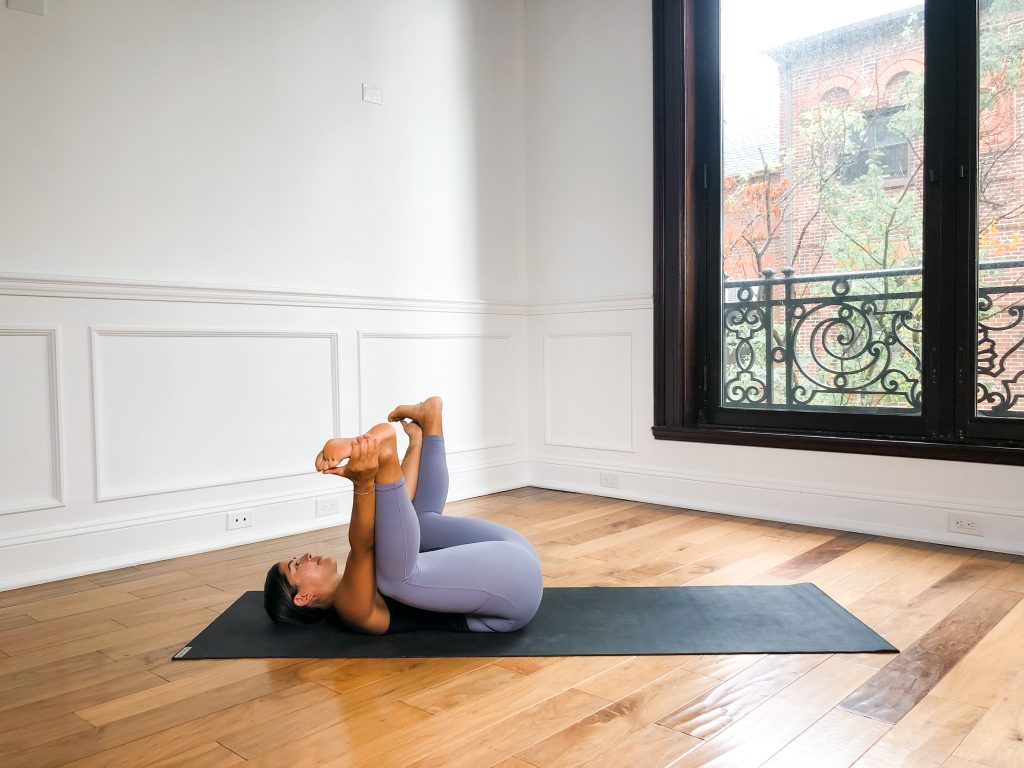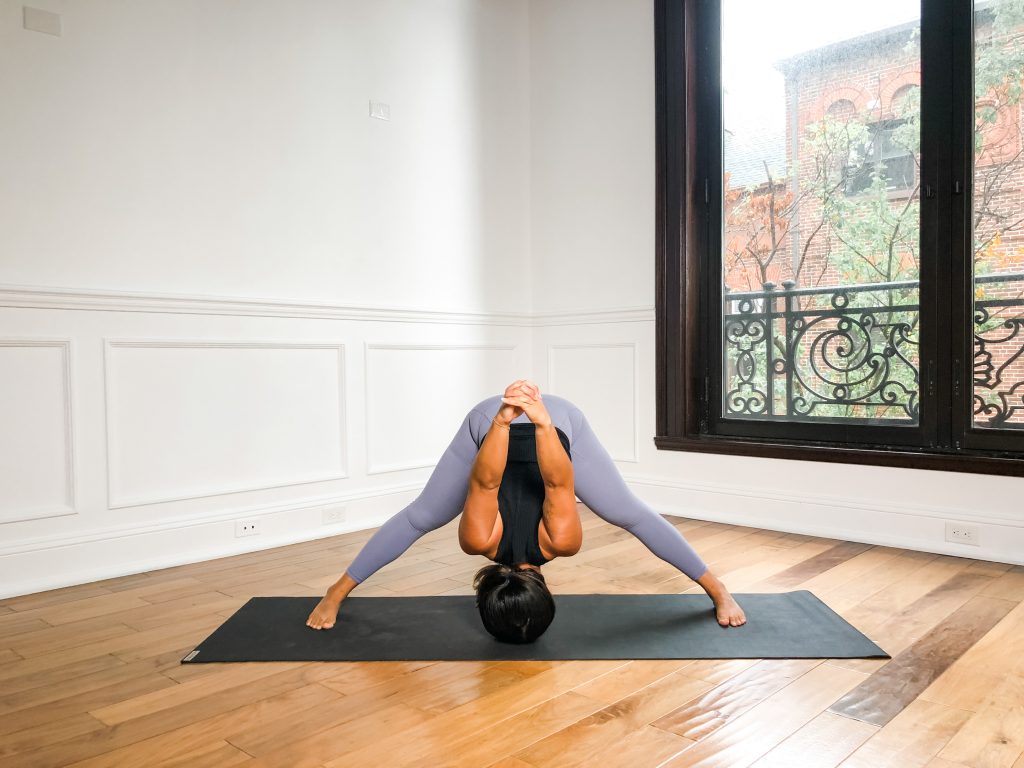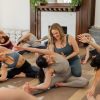
Spring has officially sprung! Spring generally means warmer weather, flowers blooming, and longer days of sunlight compared to the winter months. Animals and people alike begin to come out of their dwellings to spend time in the warmer and more sunlit air. Things just feel different, am I right?!
Energetically speaking, spring is a powerful time as it signals the beginning of a new cycle of life. It’s the time for new beginnings and to start planting some seeds for our projects to come. We’re just coming off of our hibernation period. Those darker, colder months aren’t for nothing! Winter is the time for us to fold into ourselves, to reflect, and to let ourselves rest so that we can prepare for this time right now.
Springtime is the perfect time for us to be planting seeds. What are those ideas that have been bubbling to the surface in your mind? What are the dreams which came to you during your restful time of winter? What realizations about yourself are you looking to integrate into this current version of you?
Now is the time to take our reflections and to begin to plot them within our lives and within the garden of our being. The same way we would plant seeds for new plants to grow and flourish in an actual garden in our backyards, we are given the opportunity to do the exact same within ourselves. Once those seeds have been planted, we can continue to tend to them throughout the spring and the hope is that by summer we have a lush garden full of the most beautiful plants and flowers.
So let’s get planting! There is no better time than now.
Supporting Pose 1: Happy Baby (Ananda Balasana)

Happy baby gets us going in a similar physical direction towards plow. We’re coming into a compact shape while on our backs and in a fairly familiar manner…
How to get into Happy Baby:
- Lie on the back and bring the knees in towards the armpits.
- Take the soles of the feet towards the sky and widen the legs so the shins are more or less perpendicular to the floor.
- Thread the arms along the inner lines of the legs and take hold of the outer edges of the feet.
- Draw the thighs towards the torso and settle the sacrum and head towards the floor.
Supporting Pose 2: Wide Leg Forward Fold with Clasped Hands (Prasarita Padottanasana)

Wide leg forward fold can pretty much work for any peak pose, but in this case it works wonderfully because the pose is well, a forward fold similar to plow. The hands clasped behind the back brings attention to the upper back and this is an area of the body that deserves attention when we’re in plow pose.
How to get into Wide Leg Forward Fold with Clasped Hands:
- Stand facing the side wall with the feet about 3 feet apart and parallel to one another.
- Bring the hands behind the lower back and interlace the fingers. If the hands will not bind, hold onto a strap.
- Firm the upper back in and fold between the legs and towards the floor.
- Take the hands up and over your head towards the side wall.
Supporting Pose 3: Eagle (Garudasana)

Eagle is yet another posture that can have a forward folding aspect. I also like eagle in terms of plow because it’s a standing pose that allows the practitioner to fold into oneself and to bring everything towards the midline.
How to get into Eagle Pose:
- From a standing position, wrap your right leg around your left leg crossing at the knees and potentially wrapping the right foot around the left calf.
- Wrap your right arm under your left arm crossing at the elbows and potentially crossing at the wrists to bring the palms together.
- Bend the knees to lower the hips down as if you were sitting into a chair.
- Round the spine forward to bring the elbows towards the knees. This is a variation on eagle.
Lastly, our Peak Pose: Plow (Halasana)

Plow seems like the perfect pose for our topic at hand, no?! Plow contains elements of a forward fold and an inversion, which is perfect for the introspection necessary to prepare our soil to plant seeds.
How to get into Plow Pose:
- Create your set up by stacking [at least] two blankets on top of each other at the back of your mat with the fringes facing the top edge of the mat.
- Fold the top edge of your mat over your blankets, but leave a couple inches of space between the edge of the blankets and the edge of the mat. This will create more stability and less sliding.
- Lie down over your blanket and mat set up with your shoulders about an inch (or thumb’s length) away from the edge of the blankets. Your shoulders should be completely supported by the blankets/mat and your head should be completely on the ground. This is to maintain the natural curve of your cervical spine.
- Push your hands into the ground to bolster your legs to the sky and bring the legs over your head to the floor behind you.
- Bring your hands to your lower back. Keep the elbows firmed in and the upper back firm.
- Press the toes into the floor and press the backs of the knees towards the ceiling.
- Breathing should remain calm and steady.
- To exit, slowly return your legs to the sky and use your arms/hands as bakes to slowly lower your legs to the ground.







